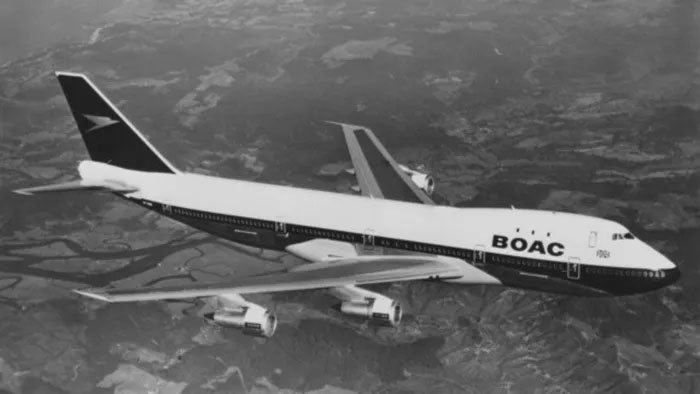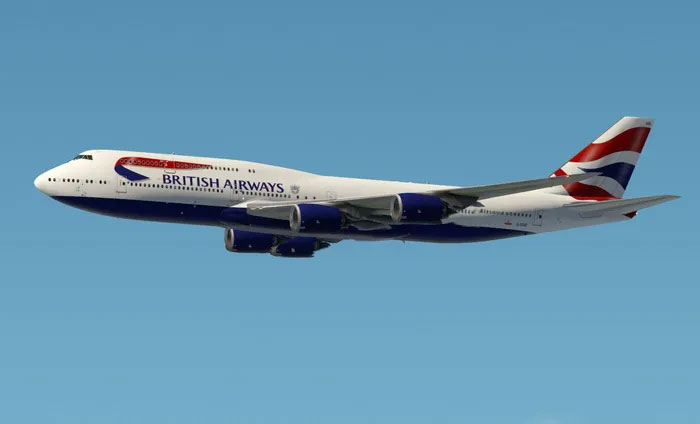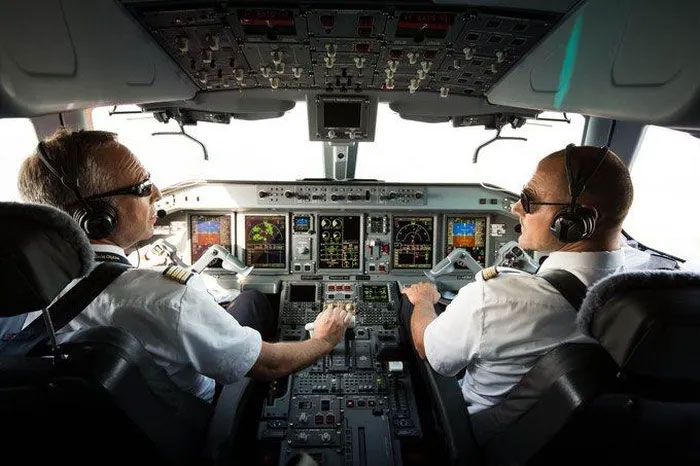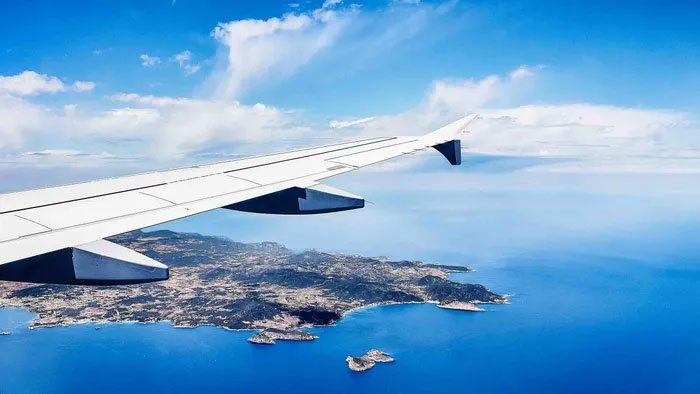During a flight to New York, I unexpectedly ran into an old friend who works as a flight attendant. We had an interesting conversation about the experiences of flying across the Atlantic Ocean.
She had never considered the potential risks involved during her flights but became curious when she asked me how planes fly from Europe to the U.S. and, in particular, about their safety when flying over vast oceanic regions.
Upon receiving this question, I realized I had never thought about the answer, despite having over 10 years of experience as a pilot. I regularly fly transoceanic routes several times a month without giving it much thought, until now.
History of Transoceanic Flights
In the early 1900s, the only means of travel between Europe and North America was by ship. The most famous was the Cunard Line (established in 1839) when Samuel Cunard (from Canada) won the first contract from the British government to provide regular transatlantic shipping services. At that time, traveling by Cunard ships quickly became popular for crossing the ocean.

British Overseas Airways Corporation was the first airline to operate jet flights across the Atlantic. (Photo: Fox Photo).
By around the 1930s, planes began to be able to fly these routes, although they might have to stop along the way for refueling or needed to have the nearest airport available for emergency landings.
Over the years, technology improved. Four-engine jet aircraft, such as Boeing’s 707 and later the 747, became the new transoceanic aircraft.
With four engines, if one of the two engines fails, there are still three engines that can continue flying. Even if another engine fails, the aircraft can still divert and land safely.

The Boeing 747 became an icon of transatlantic travel. (Photo: X-Plane).
ETOPS Flight Rules
ETOPS (Extended-range Twin-engine OPerationS) is a regulation by ICAO (International Civil Aviation Organization), allowing two-engine commercial aircraft to fly for an extended period in case one engine fails.

Pilots plan to ensure compliance with rules and safety for the flight. (Photo: Lufthansa).
The planning phase of an ETOPS flight is the most critical part, conducted by the airline’s flight planning department. They need to ensure that the flight complies with regulations and safety for the journey. The aircraft must be certified for ETOPS flight, the weather at the designated airports along the route must be suitable, and there must be enough fuel for diversions in case of unforeseen circumstances.
Therefore, whenever a flight crosses a vast body of water like the ocean, stringent checks are conducted to ensure a safe landing at a suitable airport along the route.
Are There Risks in Flying Over the Ocean?
Every day, we face a variety of situations that could pose risks to our health. Walking down the stairs carries a risk of slipping, cooking can lead to burns…
Flying is no different. However, like all situations in daily life, the risks we accept are those that have been calculated beforehand.
When going down the stairs, we don’t rush and hold onto the handrail. Or when using an oven, we wear heat-resistant gloves to reduce the chances of burns. All these actions minimize the risk of these events becoming threats to our lives.
Flying over land offers more opportunities for airports to be closer to the flight path at any given time. However, with advancements in aircraft and engine reliability, flying across oceans is considered relatively as safe as flying over land.

Flying over the ocean is considered relatively as safe as flying over land. (Photo: Adventure.com).
With ETOPS flight rules in place, the aircraft crew will always know where the nearest diversion airport is located. In fact, on many routes, the time to reach an alternate airport rarely exceeds 90 minutes to two hours. Aviation safety is about planning for the worst-case scenario while hoping for the best. This way, there is always a contingency in place to deal with unexpected events.
Therefore, flying over water is not really riskier than flying over land. So, when you have flights across the Atlantic or Pacific Oceans, rest assured that strict regulations are in place throughout the journey to ensure passenger safety.

















































